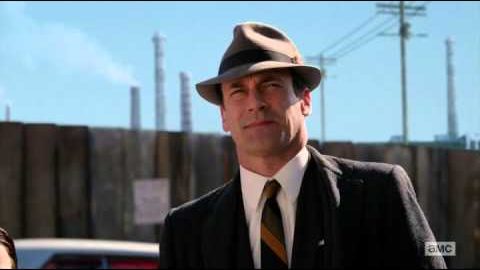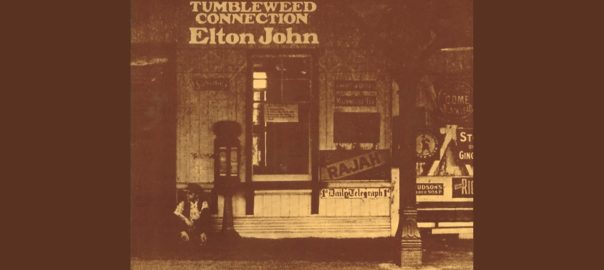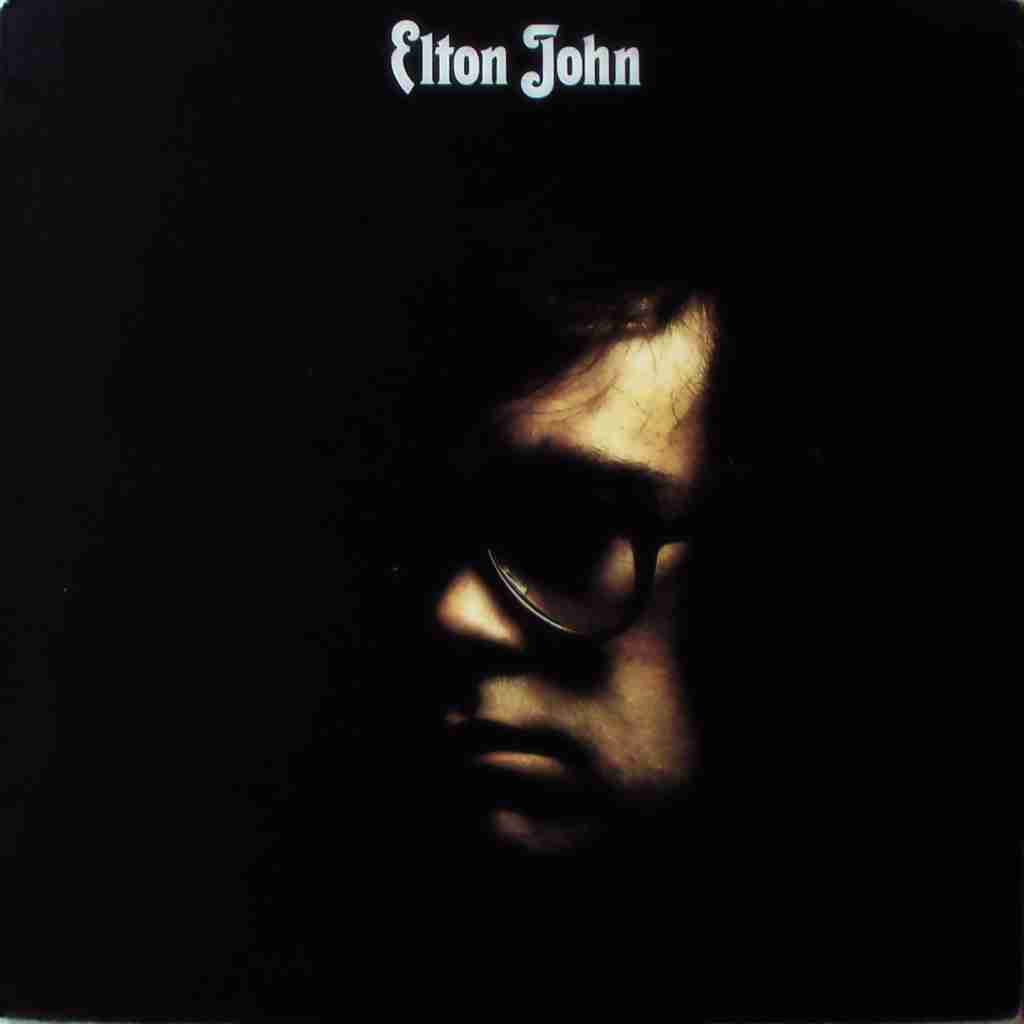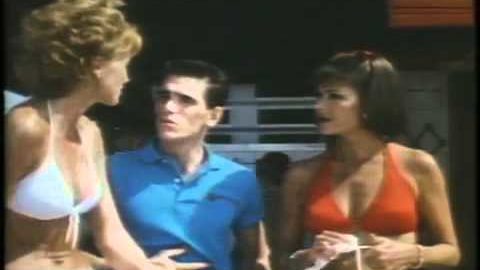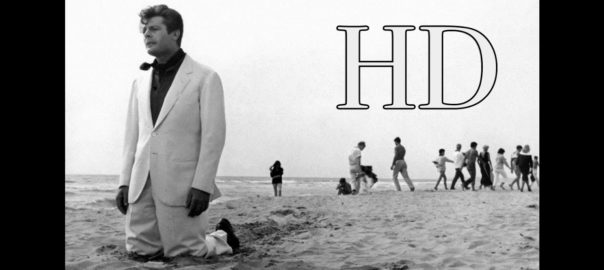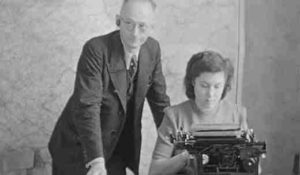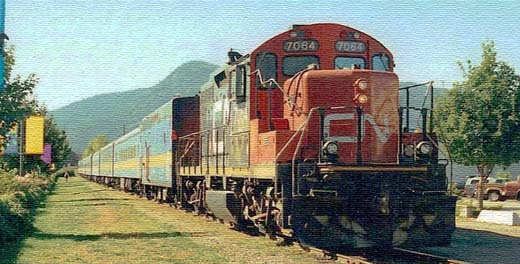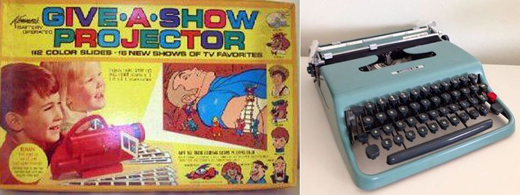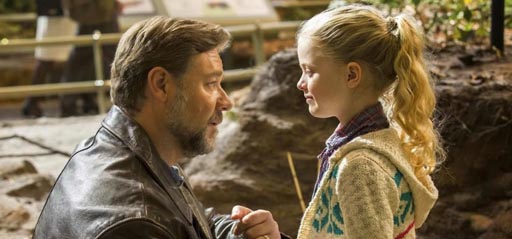
When Megan Jessica Tomlin was born on a Saturday night, March 26th, 1977, at Burnaby General Hospital at 10:26pm, given that she was a breech birth, the hospital room was filled with a harried collection of nurses and doctors and an anesthesiologist who’d been called to assist with the birth.
As a medicated Cathy lay peacefully, stock still on her white-sheeted hospital bed — given that she was infused with anaesthetic drugs to aid in the birth, to keep her sedated for what turned out to be her second, very difficult birth — upon delivery, a nurse gathered our new daughter, Megan, and brought her over to me, as I stood to Cathy’s left, just behind where her head lay, and handed my hushed newborn daughter into my arms.
For the 10 minutes that followed, a seeming lifetime of remembrance and love, Megan her eyes all blue peered directly into my eyes and deep into my soul, and for those few brief moments I into hers, as my daughter imprinted on me / bonded with me as the father who would become in her early years, and in succeeding years through to her late teens, the single most transformative person in her life, a father she trusted & loved with all her generous heart.
In the weeks that followed Megan’s birth, the wheels began to fall off the bus that was my marriage to Cathy, as Cathy seemed to lose herself, quitting her job at the Ministry of Human Resources office, drinking, staying out all night long, and otherwise engaging in self-destructive behaviour.
Why?

Given my position as the British Columbia Teachers’ Federation Learning and Working Conditions Chair for the Interior, and my long years of work previous with the Federation, and the great relationship I’d developed with Linda Shuto — working with her to form the first Status of Women office within an NGO anywhere on the continent — as well as BCTF President Jim McFarlane and, more especially with BCTF Vice-President Don Walmsley, as you might well expect from a Federation comprised of mainly older members, Executive plans were afoot for Federation generational leadership change — and I was targeted as the person who would become a future BCTF President.
Don Walmsley visited Cathy and me multiple times throughout 1977, in our newly acquired Interior home, to advise the both of us that plans were in process to, at the spring BCTF AGM in 1978, run me as a second vice-president of the Federation, with an eye to soon becoming BCTF President.
Here’s how the Federation saw it, Don explaining to the both of us: my organizing bona fides in the Interior had gained provincial attention, Cathy and I were a young couple “from the Interior” (the left of the Federation liked the idea of running candidates from rural areas), Cathy was a professional, was sophisticated and presented well, we had two children — we were, as far as the Federation was concerned, “the perfect couple”.
Here’s what Don Walmsley told Cathy and I …
“Next year, Raymond, we’ll run you for 2nd VP. Cathy, you can run as a Board of Education COPE trustee candidate for Vancouver School Board. Raymond, we’ll find you a job in Vancouver, find you a house, and Cathy we’ll make sure you’re employed, as well, finding you a job in the city similar to what you’re doing up here. Next year (1978), once you’re on the Executive, Raymond, and have moved down to the city, you’ll be closer to the Federation offices.
In 1979, we’ll run you for 1st VP, and depending on how the election goes for President of the Federation, if our candidate loses, we’ll run you for President in 1980. If our candidate wins, and serves a three year term, we’ll run you for President in 1983.”
Sounded good to me — and not so good to Cathy, as elucidated above.
Once Don had left our home, Cathy told me that she had no intention of having the next 20 years of her life being planned by the teachers’ federation, nor was she enamoured of the idea of living in my shadow.
Understandable.
You know how when you’re watching an awards show on TV, and the winner is (almost invariably) a man, the first person he thanks, whom he gushes over, is his wife, saying ardently, “I couldn’t have done it without her — she’s been my rock, and has stood by my side throughout the entire journey that has led to tonight. I will love you for always, my beloved.”
Believe me when I write: Cathy was having none of that arrant palaver.
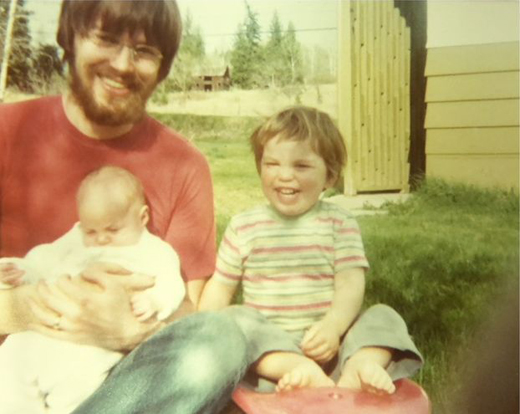
The summer of 1977, when Megan was a few months old, and Jude was two years of age
Long story short, by early 1978, I had been awarded custody of both Jude and Megan, Cathy was off gallivanting around the globe, drinking and carousing with a rock ‘n roll band she’d joined — and I was left to raise our two infant children.
From the outset, Megan was a bright and engaged child, far ahead of her milestone maturational markers — walking at 9 months, speaking at age 1, reading at 18 months — and by the time she was two years of age, as in control of her environment as any 11-year-old child of my acquaintance.
Where Jude — 21 months Megan’s senior — wanted to be out and about all the time, one of the friendliest, most gregarious and social children you’d ever want to meet, Megan was quiet, reserved, pensive and thoughtful, as big a “daddy’s girl” as could possibly be imagined, by my side throughout the day, and separated from me only when she was in daycare, or asleep.
As Cathy and I often remarked to one another as Megan was growing up, “Whose child is this, anyway? Megan certainly can’t be ours — she’s just so much brighter & more capable than either of us, or both of us combined.”
For me, there has never been anyone to whom I have been closer, who has understood me and “had my number”, with whom my relationship has proved more loving & honest than has long been the case with Megan & me.
We acknowledge — as if we have known each other across many lifetimes — that we have found one another on this Earth, in this lifetime, and as I josh Megan by referring to her as her very own diety, in this life the two of us take succour in the knowledge that we love one another, that as we live lives that are separate, Megan now married with children, and me in my west side home spending hours each day writing stories just like this, that as we run across one another from time to time, as we often do in my Kitsilano neighbourhood, that the first words each of us will utter will be, “I love you” — as we set about to continue our day.
The knowing glance tells you everything you need to know about fathers & daughters.
